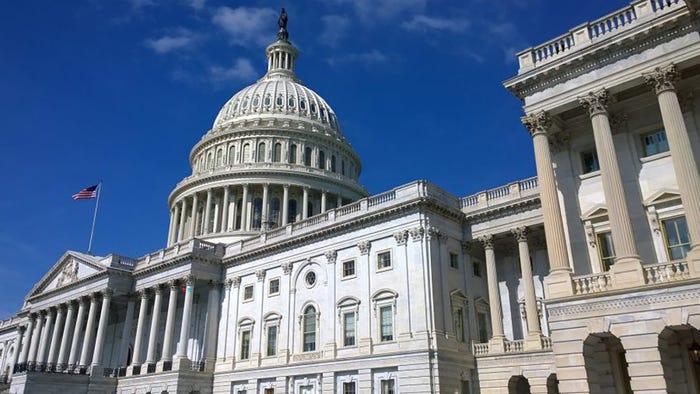AT&T wireless growth keyed by FirstNet—now provides 24,000 agencies with 4.4 million connectionsAT&T wireless growth keyed by FirstNet—now provides 24,000 agencies with 4.4 million connections
.jpg?width=1280&auto=webp&quality=95&format=jpg&disable=upscale)
AT&T this week reported that FirstNet ended 2022 supporting more than 24,000 public-safety agencies with “about” 4.4 million connections, including 377,000 connections that were added during the last three months of 2022—a total that represents more than half of the carrier’s post-paid wireless growth for the quarter.
AT&T officials released these figures in conjunction with the company’s fourth-quarter earnings call with analysts on Wednesday. During the fourth quarter of 2022, AT&T reported that it gained 656,000 postpaid wireless subscribers, outpacing T-Mobile’s 314,000 postpaid net adds and Verizon’s 217,000 postpaid net adds (a total that does not include the 909,000 subscribers disconnected as Verizon decommissioned its 3G network at the end of 2022) for the period.
AT&T CFO Pascal Desroches noted that the carrier saw its business-solution wireless revenue grow by more than 7% and highlighted FirstNet’s role in the success.
“This is very impressive, given the fact that we already have the second-largest share and are growing faster than our peers,” Desroches said during the quarterly earnings call. “FirstNet wireless connections grew by 377,000 sequentially.”
With the addition of 377,000 FirstNet connections, the nationwide public-safety broadband network (NPSBN) being built by AT&T was responsible for 57.5% of the carrier’s wireless subscriber growth for the quarter.
And the percentage indirectly attributable to FirstNet could be even greater. In response to an inquiry from IWCE’s Urgent Communications, an AT&T spokesperson clarified that all FirstNet connections figures represent only public-safety subscriptions from users in primary and extended-primary categories.
In particular, AT&T offers a plan that lets individual FirstNet users add service for family members to their monthly bill. In this scenario, the FirstNet user is counted as a FirstNet connection, but the family members are classified as consumers and are not included in the FirstNet total, according to the AT&T spokesperson.
The 4.4 million FirstNet connections means that more than 1.3 million public-safety connections have been added to the NPSBN during the past year—at least a 43.3% increase compared to the 3.0 million FirstNet connections reported for the year-ago quarter. The number of public-safety agencies served by FirstNet has increased to more than 24,000, up from more than 19,500 at the same time last year.
An AT&T infographic reiterated that the carrier has completed more than 99% of its initial NPSBN buildout obligations. Under a 25-year agreement with the FirstNet Authority, AT&T is contracted to complete its five-year deployment of gear to support public-safety communications operating on the 700 MHz Band 14 spectrum licensed to the FirstNet Authority by the end of March.
No update about the FirstNet buildout was provided during the quarterly analyst call, but officials for both AT&T and the FirstNet Authority previously have expressed confidence that AT&T will finish the initial five-year NPSBN deployment by the upcoming March deadline.
When this initial five-year buildout is complete, AT&T will be eligible to be paid the final installment of the $6.5 billion that the FirstNet Authority will pay to AT&T under the 25-year public-private partnership—the last of the $7 billion in spectrum-auction proceeds that Congress allocated to the FirstNet initiative in 2012. Under the contract, AT&T will continue to be allowed to operate on the 700 MHz Band 14 airwaves licensed while making annual payments to the FirstNet Authority. This self-sustaining financial model is expected to pay for the FirstNet Authority’s operations throughout the life of the 25-year deal and provide $15 billion in discretionary funds that the organization can use to enhance the network, including the funding of upgrades from 4G LTE to 5G, as well as future generations of wireless connectivity.





